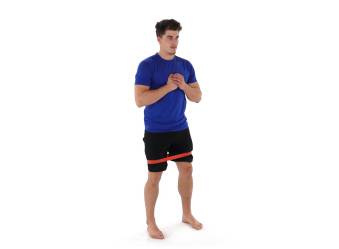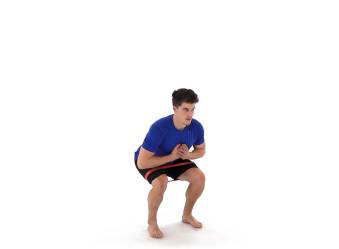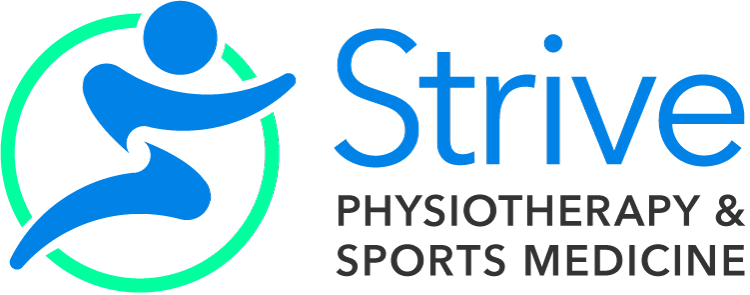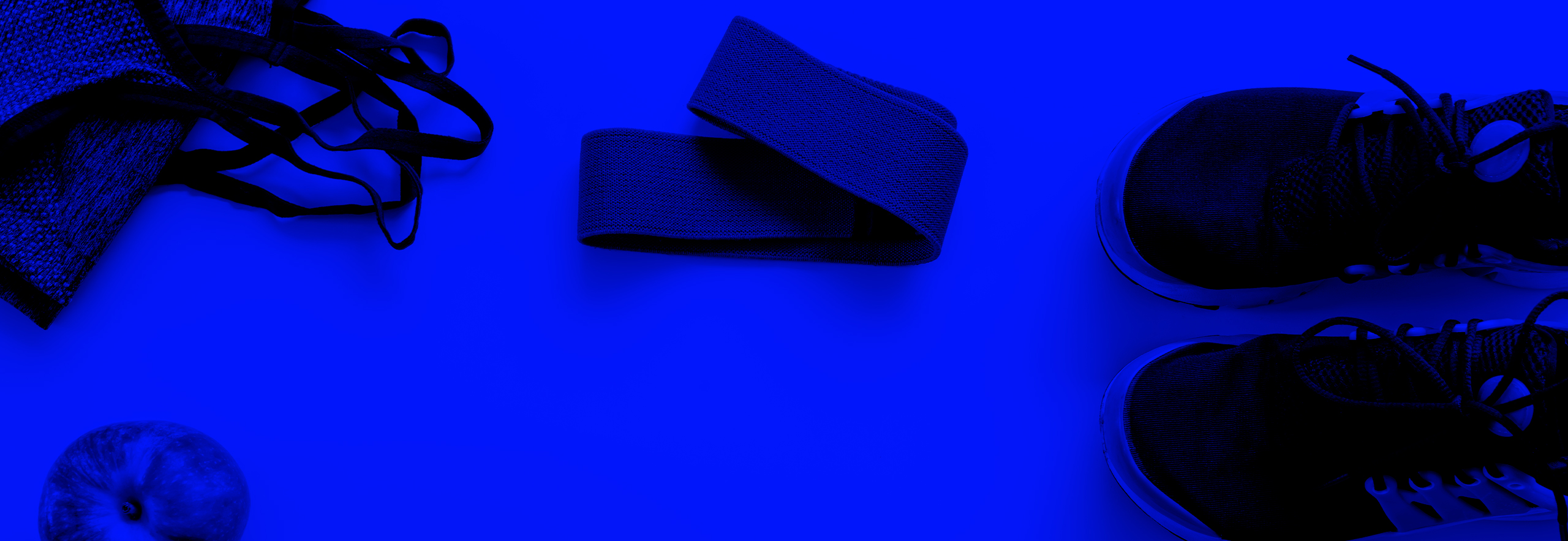Important Note:
These exercises were designed as a place to start to address your symptoms. These exercises should not be performed or continued if they cause or increase your pain in any way. Using these exercises for self-management of your symptoms does not replace the value of being assessed by a Health Professional.
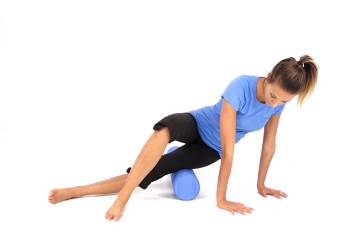
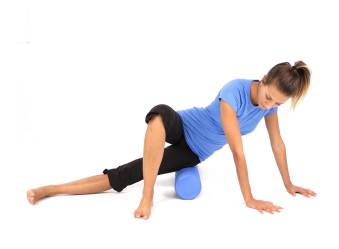
1. Foam Rolling IT Band
Place your foam roller on the floor. Take a side position with the outside of the thigh over the foam roller and your other leg in front for support.
Roll from your hip to your knee, stopping at the tender spots.
Point your toes up to target the hamstring muscle where it attaches to the IT band and point your toes down to target the lateral quadricep muscle where it attaches to the IT band.
2-3 minutes per side.
2-3 times a week or after exercise.
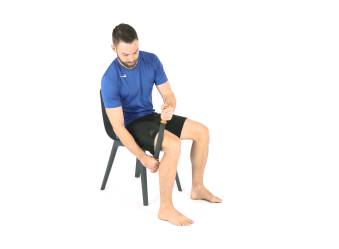

2. Massage Stick: Outer Thigh
Sit down on a chair. Use the massage stick to roll out tissues of the outside of the thigh, keeping your knee bent. Spend more times on areas that are
tender/tight/knotted but avoid or modify the pressure on the areas that are tender. 1-2 mins per area, 2-3 days a week or after exercise.
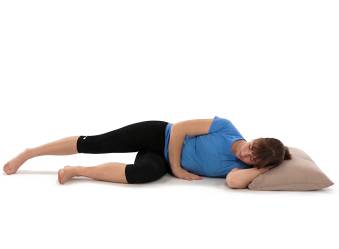
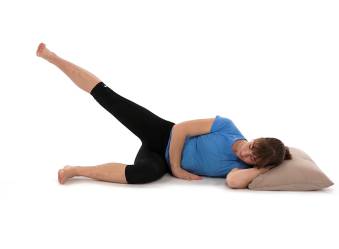
3. Hip Abduction
Lay on your side with your head supported and lower leg bent.
Lift the top leg up to about 30°, keeping the foot parallel to the ground and the thigh aligned with the body (do not move it forward as you lift). Pause for 2-3 seconds and then lower slowly.
Do 8-12 reps, working up to 3 sets, 3 days a week.
